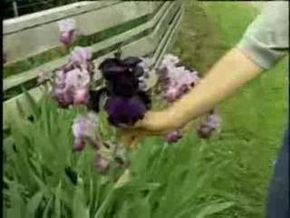 “
“
Lavender needs a little more care than many hardier plants, but it’s worth putting in that extra effort. Aside from their delicate, light purple flowers, lavender plants produce a fragrance that fills your whole yard and wafts on down the street. These benefits aren’t limited to the months when the flowers are blooming: Spanish lavender flowers make fantastic additions to dried flower arrangements and work well as pressed flowers. The blossoms of French lavender retain their scent when dried and are a popular addition to potpourri and sachets for long-term enjoyment.
Some gardeners recommend growing lavender from seed to help plants adapt to their environment right from the time they germinate. However, if you prefer to avoid the extra work of dealing with seedlings, you can buy ready-grown shrubs and transplant them into your garden [source: Sink]. Lavender plants grow up to three or four feet high (0.9 to 1.2 meters) and tend to grow outward at least as much. Lavender can be considered both an annual and a perennial, depending on specific type and location. Some varieties will grow throughout the year, especially in mild or warm climates, in which case the lavender is a perennial. In places with harsher winters it may be necessary to start new plants after the cold season is finished, and those plants are considered annuals [source: McCoy].
Lavender also fends off pests: The smell of lavender may be pleasant to human noses but a lot of insects avoid it, making it an organic, natural repellant. Deer tend to stay away from lavender bushes as well. However you look at (or smell!) lavender, it’s a great addition to your garden.



























